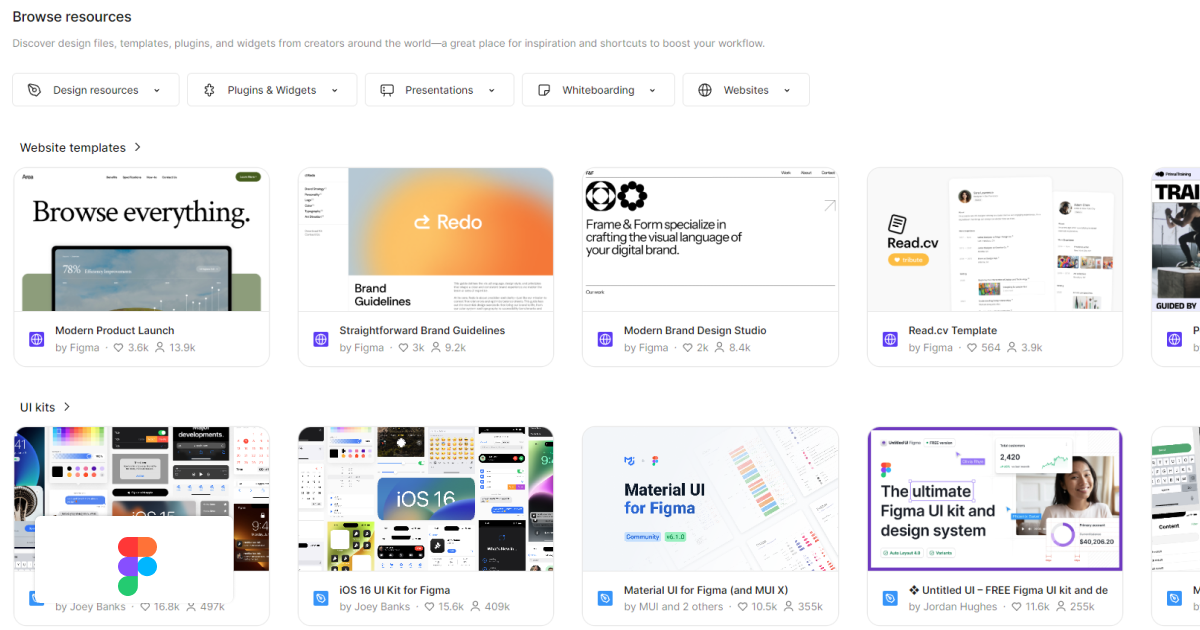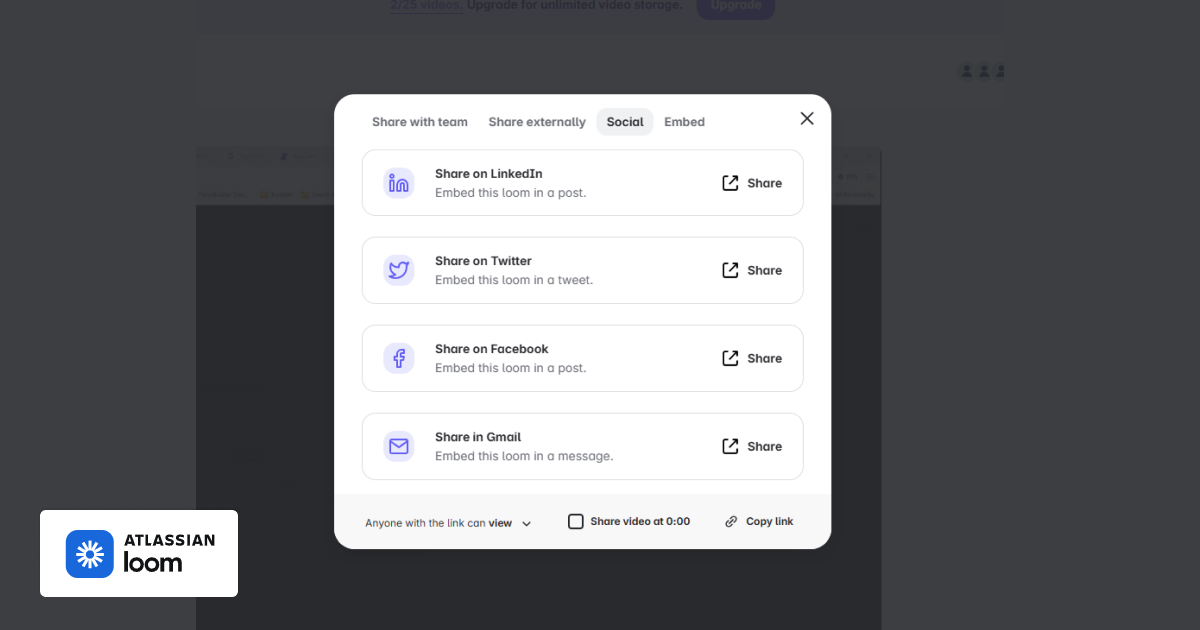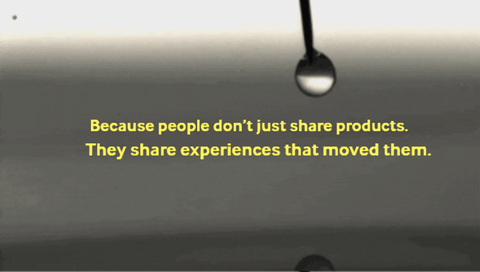Analyzing Viral Product Features Through a UX Lens

🔥The Growth Hack Gone Wrong
It started with a simple banner. “Invite 3 friends and unlock premium for life.”
Rachel, a solo founder of a journaling app, thought she’d struck gold. Within 72 hours of launching the referral prompt, her app installs skyrocketed. Screenshots floated on Twitter. Redditors called it a “hidden gem.” Her analytics dashboard lit up like a Christmas tree.
But then… support tickets doubled. Churn spiked. Reviews dropped to 2.9.
 Turns out, most users didn’t understand the catch. The referral system was buggy. The UX was rushed. Promises weren’t met. And worse — users felt tricked.
Turns out, most users didn’t understand the catch. The referral system was buggy. The UX was rushed. Promises weren’t met. And worse — users felt tricked.
I loved this app, but now it feels spammy.
One tweet. Hundreds of likes. Thousands of impressions. Growth? Yes. But not the kind that sustains.
⚡️ Attention: Are We Designing for Loyalty or Just Leverage?
As designers, founders, and marketers, we often walk a tightrope. On one side, there’s the pressure to scale fast. On the other, the responsibility to stay ethical.
We’ve all tried tactics that worked on paper but felt icky in practice.
But here’s a hard truth:
Every growth hack that manipulates the user rather than serves them is a debt. Not just technical — but emotional.
Let me introduce you to Jason, a UX lead at a productivity startup. Their team was told by growth to add urgency timers to their onboarding funnel.
They ran the A/B test. Version A had no timer. Version B did. B increased signups by 22%.
Success? Not quite.
Within two weeks, their NPS dropped. Support requests increased.
 The timer was misleading — the offer wasn’t going away. Users caught on. They felt misled. Jason later told his team:
The timer was misleading — the offer wasn’t going away. Users caught on. They felt misled. Jason later told his team:
It worked until it didn’t. Now, we’re rebuilding trust. From scratch.
What looked like a quick win turned into long-term churn.
🔎 Interest: Real Growth Happens When UX and Strategy Align
Let’s break down examples where UX was at the heart of growth — not an afterthought.
🔌 Figma: Growth Fueled by Contribution
Sure, Figma’s multiplayer collaboration is a stellar viral hook. But their growth doesn’t stop there:

- Community Templates: Thousands of user-made designs boost discoverability
- Plugin Ecosystem: Developers extend Figma’s value, creating recurring engagement
- Showcase Portals: Users share their work, which attracts new users
This is Product-Led Growth that fosters User-Led Growth. It’s not about locking users into loops — it’s about unlocking their creativity.
Figma’s virality stems from a product that invites contribution, not just consumption.
🔄 Loom: Growth Embedded in Intent
 Loom didn’t ask users to share. They made it inevitable. Record a video, copy the link, done.
Loom didn’t ask users to share. They made it inevitable. Record a video, copy the link, done.
- No mandatory sign-ups for viewers
- Previews play natively in Slack and Gmail
The act of using Loom becomes the act of sharing it.
And every view becomes a soft touchpoint for new user acquisition — with zero friction.
📊 Notion: Templates as Trojan Horses
 Notion’s template library isn’t just a UX asset — it’s a growth engine:
Notion’s template library isn’t just a UX asset — it’s a growth engine:
- Community-curated templates rank high on Google
- Each template shared is a marketing touchpoint
- Users proudly share their workspace setups online
What makes it work? These aren’t just marketing assets. They’re real utility created by users, for users.
❤️ Desire: Growth Without Manipulation Is Not Only Possible—It’s Powerful
Let’s revisit those questionable tactics. Here are common dark patterns — and real-world examples of why they hurt more than help:
🔒 The Roach Motel
“Easy to sign up, hard to cancel.”
Example: An online meal delivery service that only lets you cancel subscriptions via a call — available for just 2 hours on weekdays.
For a detailed look at how this dark pattern works, check out this explainer from the Dark Patterns Tip Line.
The result? Angry Reddit threads, bad PR, and a wave of chargebacks.
🔢 The Disguised Opt-Out
“Pre-checked boxes that sneak you into email lists or premium trials.”
Example: A travel aggregator that auto-subscribes you to trip insurance unless unchecked. Users don’t realize it until they’re billed.
Short-term revenue bump? Maybe. Long-term damage? Absolutely.
⏰ False Urgency
“Only 2 left! Offer expires in 5 minutes!” (Even for digital products)
Example: A SaaS tool showing a 10-minute countdown every time you land on pricing.
It’s not just dishonest. It’s lazy. And users today are smarter.
Each of these erodes the one thing that matters most in UX-driven growth: trust.
🔧 Action: How to Design Growth That Feels Like a Gift, Not a Gamble
 Here’s your ethical UX growth checklist:
Here’s your ethical UX growth checklist:
- ✅ Does the feature add value before asking for value?
- ✅ Is the sharing incentive aligned with user success?
- ✅ Can the user easily opt-out or say no?
- ✅ Would the user feel good recommending this feature?
- ✅ Does the growth feature solve a real problem or just inflate a metric?
Bonus question:
Would you explain this growth tactic to your grandma and still feel proud?
If the answer’s yes — you’re on the right path.
🕊️ Final Frame: Virality That Serves, Not Surprises
In the rush to scale, we often forget: Users are not metrics. They are humans — with memories, emotions, and networks.
Growth is not evil. But growth without empathy is extractive.
So instead of asking “How do we make users share?”Ask:
“How do we make users care?”
And instead of “What’s our viral hook?”Ask:
“What’s our emotional value?”
Because people don’t just share products. They share experiences that moved them.

